The man, who has a criminal history, is suspected of being the fourth member of the four-man crew that carried out the heist.
How GIA Is Changing Its Reports for Lab-Grown Diamonds
The lab has dropped the word “synthetic” from the document and added standard scales for reference.

Carlsbad, Calif.—The Gemological Institute of America is tweaking the grading reports it issues for man-made diamonds, dropping the word “synthetic” but still not using the same scale it does for natural diamonds.
Beginning July 1, the GIA Synthetic Diamond Grading Report will become the GIA Laboratory-Grown Diamond Report. The word “synthetic” also will be removed from the “Identification” line, replaced with the words “laboratory-grown.”
The elimination of synthetic is in keeping with recent revisions the Federal Trade Commission made to its Jewelry Guides, removing the word from its list of recommended terms for lab-grown diamonds because of “the likelihood of consumer confusion.”
GIA also is now including the standard color, clarity and cut grading scales on the reports, but for reference purposes only; the lab still will not apply the scales it uses for natural diamonds to man-made stones.
As the lab has done since it first started offering reports for man-made diamonds in January 2007, it will use: colorless, near colorless, faint, very light and light to report color grades on man-made diamonds, not D-Z.
However, colorless, near colorless, etc. will be listed alongside the D-Z scale so consumers can see, for example, that a near-colorless lab-grown diamond is the equivalent of a natural diamond that’s graded between G and J.
For clarity, GIA will continue to use: flawless, internally flawless, very very slightly included, very slightly included, slightly included and included.
Like color, these terms will appear alongside the standard clarity grade scale for reference. A very very slightly included lab-grown diamond, for example, is equal to VVS1 or VVS, while a lab-grown diamond graded as slightly included is like an SI1 or SI2 mined diamond.
The GIA scale for cut grade, which ranges from excellent to poor, also is included on the new lab-grown diamond report. GIA always has used the same cut-grade terms for both natural and lab-grown diamonds.
When asked why it opted not to grade lab-grown diamonds exactly liked mined stones—as HRD Antwerp just did—the lab gave essentially the same reasons Executive Vice President and Chief Laboratory and Research Officer Tom Moses did when interviewed by National Jeweler in October 2016.
“Laboratory-grown diamonds do not have the same range of color as mined diamonds and are generally grown to be as close to colorless as possible or are treated post-growth to make them colorless or near colorless,” GIA said when asked about the changes this week.
“This is why GIA uses words rather than letters (for example D-Z) or abbreviations (for example VVS and SI2) to report grades for color and clarity of laboratory-grown diamonds.”
The lab also noted that it made the changes it did to “provide more information to consumers.”
Also on the Laboratory-Grown Diamond Report, GIA said it will disclose all detected clarity treatments and include the following statement regarding possible color treatment: “This is a man-made diamond produced by CVD (Chemical Vapor Deposition) or HPHT (High Pressure High Temperature) growth processes and may include post-growth treatments to change the color.”
GIA said the previous reports for man-made diamonds also noted any clarity treatements. Color treatments also were disclosed for a time, though the Synthentic Diamond Grading Report did not include the above general statement that will appear on the new reports.
Any GIA Synthetic Diamond Grading Report issued since Jan. 1, 2018, can be returned and exchanged for the new Laboratory-Grown Diamond Report at no cost.
The price of a GIA Laboratory-Grown Diamond Report is the same as a GIA Diamond Grading Report, and, like the natural diamond reports, the QR code on the lab-grown reports link to GIA’s online Report Check Service. The report check record for man-made diamonds will include educational information about the CVD and HPHT diamond-growing processes.
The topic of lab-grown diamond grading stirs debate in the industry, with some questioning why GIA does not just grade lab-grown diamonds the same way as it does natural diamonds, since they share the same chemical, optical and physical properties and are, in fact, diamonds.
It is the approach HRD Antwerp took, with the Belgian lab noting the need for “better transparency” in an age when the man-made stones are becoming more prevalent.
Others, however, agree with GIA’s stance, citing the need for differentiating lab-grown diamonds from mined ones and the lack of color and clarity range in the man-made material.
The Latest
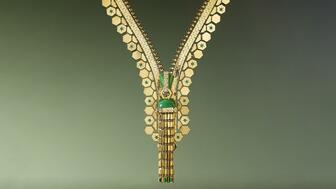
The single-owner collection includes one of the largest offerings of Verdura jewels ever to appear at auction, said Christie’s.
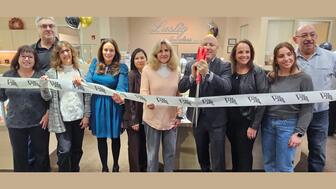
Michael Helfer has taken the reins, bringing together two historic Chicago jewelry names.

How Jewelers of America’s 20 Under 40 are leading to ensure a brighter future for the jewelry industry.
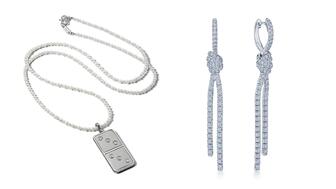
The guide features all-new platinum designs for the holiday season by brands like Harwell Godfrey, Ritani, and Suna.


During its Q3 call, CEO Efraim Grinberg discussed the deal to lower tariffs on Swiss-made watches, watch market trends, and more.
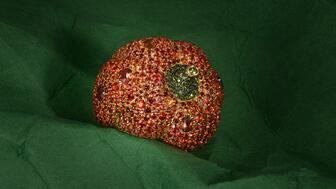
Rosior’s high jewelry cocktail ring with orange sapphires and green diamonds is the perfect Thanksgiving accessory.

Roseco’s 704-page catalog showcases new lab-grown diamonds, findings, tools & more—available in print or interactive digital editions.

The “Embrace Your True Colors” campaign features jewels with a vibrant color palette and poetry by Grammy-nominated artist Aja Monet.

Luxury veteran Alejandro Cuellar has stepped into the role at the Italian fine jewelry brand.
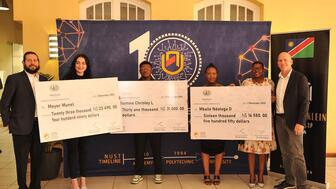
The company gave awards to four students at the Namibia University of Science & Technology, including one who is a Grandview Klein employee.

She is remembered as an artist who loved her craft and was devoted to her faith, her friends, and her family.

It joins the company’s other manufacturing facilities globally, including in India, Botswana, and Namibia.
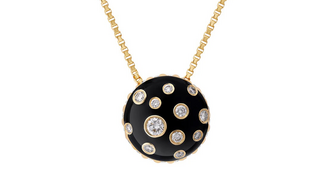
The polka dot pattern transcends time and has re-emerged as a trend in jewelry through round-shaped gemstones.

Vanessa Hickman, 49, allegedly sold a diamond bracelet that was mistakenly sent to her home.

GIA’s former president and CEO was presented with the Richard T. Liddicoat Award for Distinguished Achievement.

Social media experts spoke about protecting brand reputation through behaving mindfully online.

In 2026, the three will come together as “House of Brands,” with Gallet sold in Breitling stores and Universal Genève sold separately.
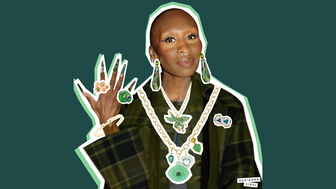
The second drop, which includes more Elphaba-inspired pieces from additional designers, will continue to benefit nonprofit Dreams of Hope.

Second-generation jeweler Sean Dunn has taken on the role.

Amber Pepper’s main focus will be on digital innovation and engaging younger consumers.

Called “Origin by De Beers Group,” the loose, polished diamonds are being sold in a total of 30 stores in the United States and Canada.
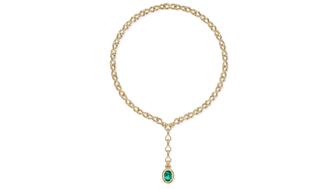
The lariat necklace features a 4.88-carat oval-cut Zambian emerald in 18-karat yellow gold.
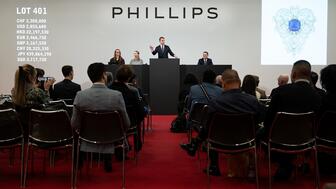
A 43-carat sapphire brooch from the Vanderbilt collection was the top lot of the Geneva sale.
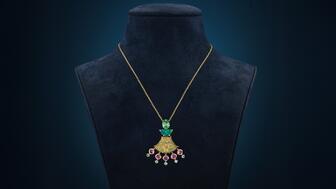
Rau is a fourth-generation art and antique dealer from M.S. Rau gallery whose first jewelry collection merges artifacts with modern design.

Former De Beers sustainability leader Purvi Shah will take over the role in February 2026.
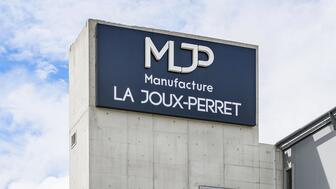
La Joux-Perret is based in La Chaux-de-Fonds, Switzerland, and makes solar quartz as well as mechanical watch movements.



























